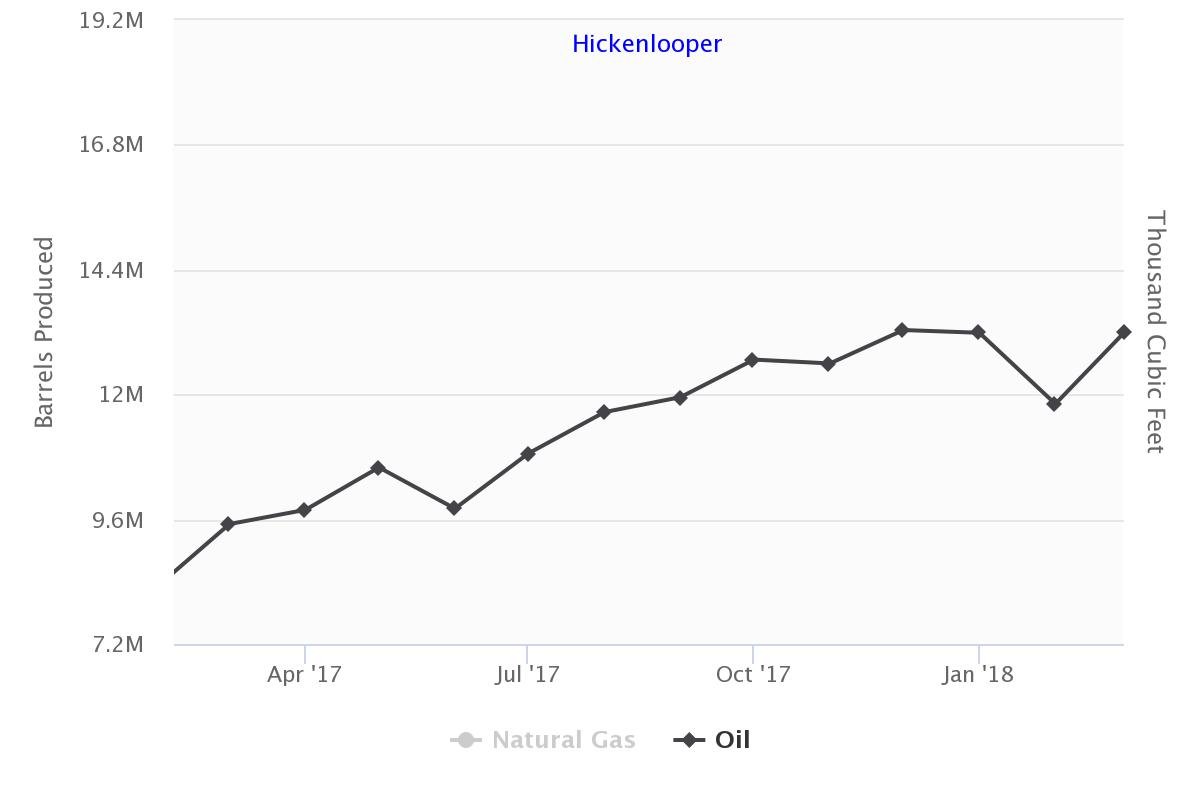
It took just eight months for Colorado drillers to pump 100 million barrels of oil from the ground. That kind of production — from August 2017 to March 2018 — has never happened in the state before.
Oil companies are benefiting from two distinct advantages. The price of oil has risen more than 60 percent in the last year, while at the same time drillers have lowered the cost of production substantially. That’s helped Colorado largest companies start to turn profits again after a three year skid.
Recently, oil prices have hovered around $70 a barrel, which is the highest point since late 2014. Drillers have responded, pumping an average of 13 million barrels a month between August and March, an unprecedented level of production, according to data from the Colorado Oil and Gas Conservation Commission.
“We definitely expect the growth to continue,” said Bernadette Johnson, vice president of Market Intelligence at DrillingInfo in Littleton, Colorado. “The higher price environment may support a couple more rigs being added in Colorado during the remainder of the year.”
The number of drill rigs operating in Colorado has been near lower 30s so far in 2018, according to Baker Hughes. The June average was 33, four more operating rigs than in May. That’s half the level of rig activity during the last boom.
A report from the Energy Information Administration noted drillers in the Niobrara region, which includes Colorado and Wyoming, are producing 1,191 barrels of oil per rig, the most ever.
In recent days the price of oil fell a bit as supplies rose, and international producers agreed to boost production slightly. President Donald Trump tweeted a message to OPEC warning them to stop manipulating the market and increase production to further lower prices on the Fourth of July. That’s certainly not what U.S. oil producers wanted to hear.
Colorado oil companies still appear to think the future is bright. They have submitted 4,012 applications to drill through May of 2018. That’s an 86 percent increase over the same period in the previous year.








